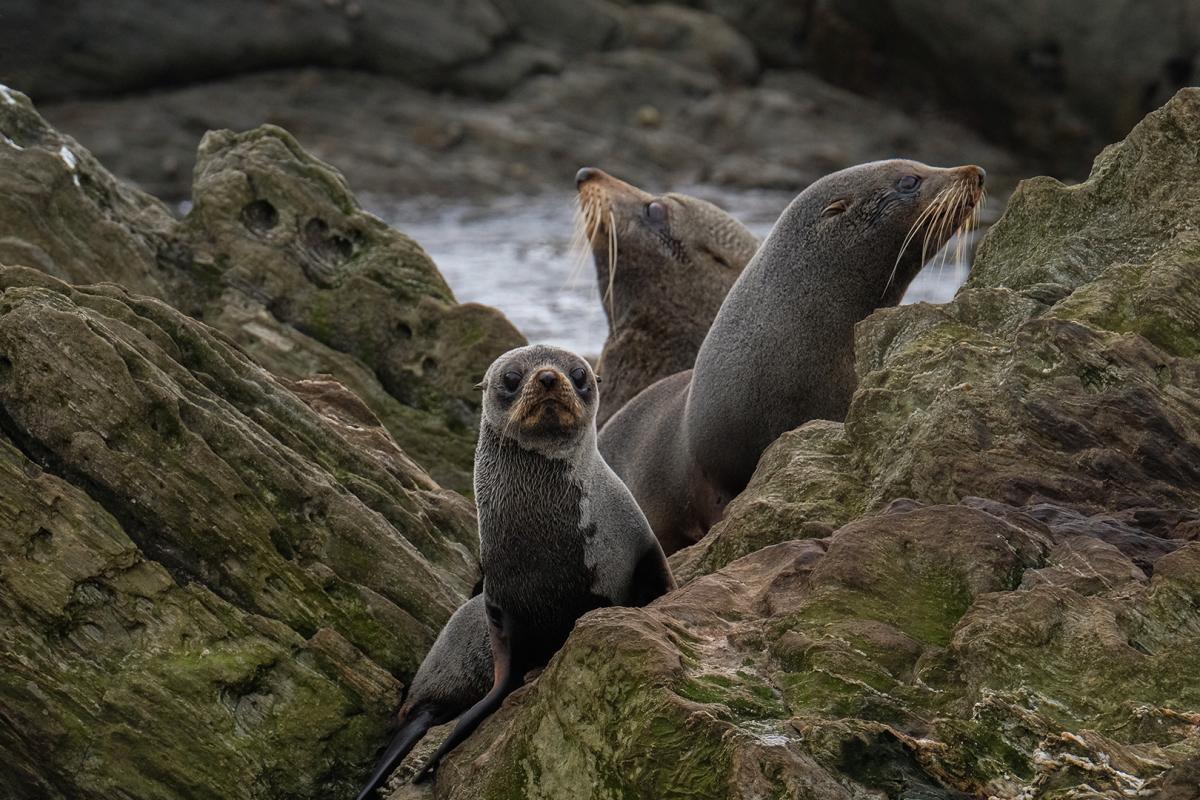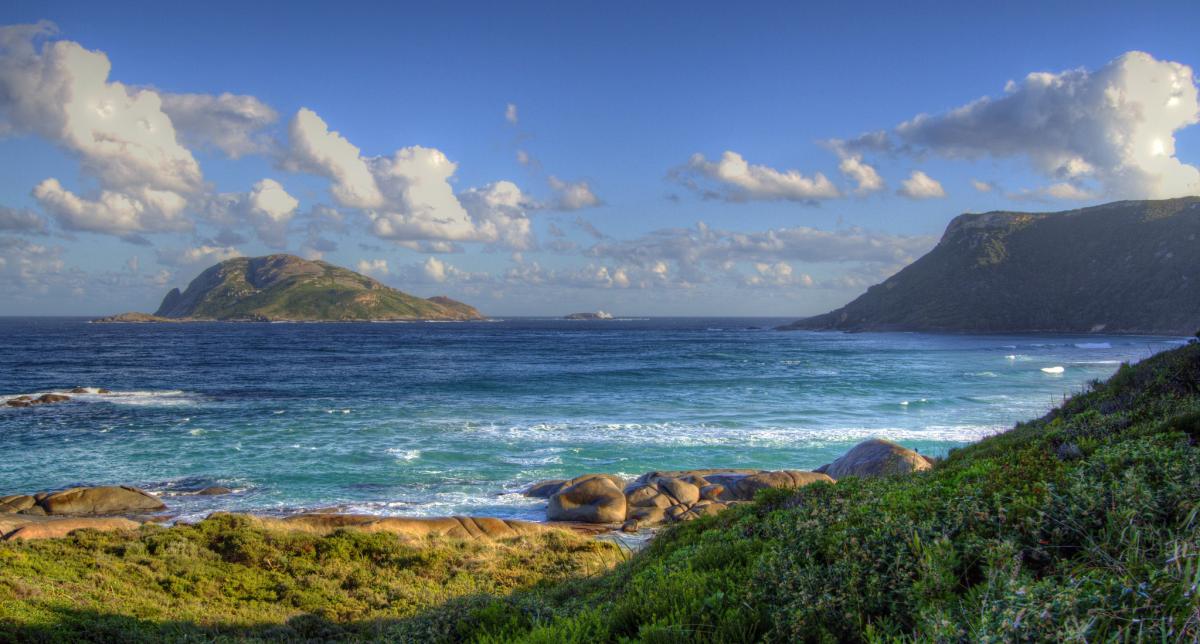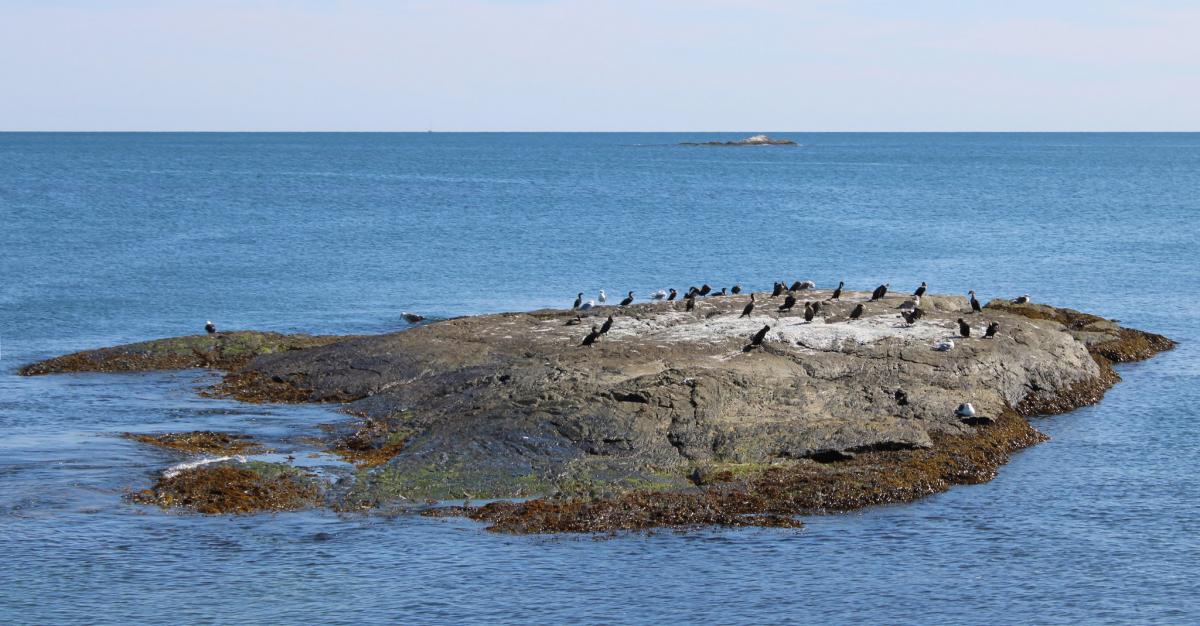Holger, ZL3IO will be active again as ZL7IO from Chatham Islands, IOTA OC - 038, New Zealand, in CQ WW DX CW Contest, 29 - 30 November 2025.
He will operate in Single Operator Category.
Recent DX Spots ZL7IO
ZL7IO Log search QSL via DK7AO, LOTW.
Ads for direct QSL:
Frank Proschmann, Waltersdorf 53, D-07589, Lindenkreuz, Germany.
Chatham Islands
It is located in the waters of the Pacific Ocean. It has a damp and humid climate, and the average summer temperature barely reaches the +14 °C mark. - The teaser for the imaginary "guide book on Chatham" is so-so. But for some reason, Chatham attracts travellers to it, every year in increasing numbers. They (travellers) have even identified the best time to visit - from September to March. Let's find out what is interesting about this geographical object: well-known facts, and what will not be told in guidebooks on Chatham.
 Chatham Islands. Author - Maureen Pierre.
Chatham Islands. Author - Maureen Pierre.
What Chatham is to the British, Rekohu is to the islanders.
The people of Chatham Island call it Rekohu. And the fact that on geographical maps the islanders have to find their native land under the name, which was fixed for it by the British, is unfair. After all, the European foot stepped on the island in 1791, while the Moriori, the indigenous people, have been living on Chatham-Rekohu for almost 1000 years.
Let's figure out the maths. The first mention of the Moriori, the first inhabitants of the island of present-day Chatham, is dated by historians to the 1st century AD. The last of the original inhabitants died in 1933. So it turns out that the pure-blooded Moriori "lasted" on their own island for 933 years.
Who and why decided to mark the date of death of the last of the pure-blooded inhabitants of Chatham is unknown. But for the locals, these numbers are akin to textbook numbers. Each of them will not only tell you the day and hour of the end of the era of the "real" moriori of Chatham Island, but will also point the way to the monument of Tommy Solomon. - That was the name of the man with the "pure" genetic code of the islanders who inhabited Chatham from the day it became inhabited.
By the way, it was inhabited by natives of New Zealand, located some 680 kilometres from the island. Mariori blood was diluted by Europeans and Maori, who came to the island in 1835.
The British, who appropriated the island territory in the notorious 1791, restored historical justice only 41 years later: in 1832 the British authorities officially announced the voluntary transfer of the Chatham Archipelago to New Zealand.
 Chatham Islands. Author - Phil Pledger.
Chatham Islands. Author - Phil Pledger.
Chatham Island: a tenner.
Yes, that's right - an archipelago. After all, Chatham Island itself is part of a group of closely spaced islands with the same name.
Geographical characteristics of the archipelago in facts and figures:
- There are a total of 10 islands in the Chatham archipelago.
- Only the two largest of these, Chatham and Pitt, are inhabited.
- At least 5 of the 10 islands under the unifying name "Chatham" (Little Mangere, Motuhope, Motuhara, Sisters and Castle) have extremely small territories: each is much smaller than one square kilometre.
- The total area of the Chatham Archipelago is about 960 square kilometres.
- On Chatham Island, 600 people inhabit 900 square kilometres.
And only about 50 people live on the second largest island in the Chatham archipelago, Pitt Island, which has a land area of about 60 square kilometres. By the way, Pitt Island is famous for being the easternmost island on Earth and is located on the so-called "date line".
Such a small population density is probably due not only to its remoteness from the "big land", but also to its climate - windy and wet. How do the Chatham people live there?
 Chatham Islands. Author - Bob Burch.
Chatham Islands. Author - Bob Burch.
"Eat, love, pray": life and holidays on Chatham
Chatham is not an island from a Bounty advert. - There are a lot of storms in winter, in some places "unfriendly" rocky shores and by no means paradisiacal weather conditions. But without exception, all natives of Chatham simply adore their homeland. And the fact that Chatham young people almost entirely leave the island every year to get an education in New Zealand does not contradict this statement at all.
Young people truly love their homeland deeply, never missing an opportunity to visit it (read: "visit their parents"). And although most of them, after graduating from New Zealand colleges and polytechnics (that's how they call technological institutes in New Zealand), are professionally realised on the mainland, there are also some who strive to develop life on the island.
Like, for example, one of the co-owners of the main hotel on the island Chatham (with the same name), enthusiastically talking about the prospects of tourism development on the archipelago.
Indeed, every year there are more tourists on Chatham. These are travellers from New Zealand, North and South America, and Australia.
Don't think - we're not talking about beach tourism - not with an average air temperature of 14 °C! (although there are some visitors who like to swim in the relatively warm Te Whanga lagoon). The Chatham Islands are mainly visited by surfers, fishermen, scuba divers. Or just lovers of solitude and exotic experiences.
There is almost no usual tourist infrastructure here. For example, people do not come here by plane, but by boat.
Or here's another thing: in order to travel around Chatham or Pitt, you need to make arrangements with the owners of plots of territories already here, on the spot. - Literally take the keys to the fence gates of the land that is privately owned here. - Yes, all the land. Except, except for the roads.
One of the organised attractions on Chatham is the annual forget-me-nots festival. To make you understand: local forget-me-nots for the Chatham people are like tulips for the Dutch - an unspoken symbol of the archipelago. And the festival itself can be compared to the German Oktoberfest. - Compare it by its importance for the islanders, of course, but not by the scale and volume of tourist traffic.
And, until this very volume has not become huge, the island retains a leisurely way of life, in which everyone knows everyone, and people's life is simple and uncomplicated. Maybe that is why there is practically no crime here.
There are also no mosquitoes, poisonous snakes or wild animals. Only ferocious sharks are to be feared. You can "face" them from November to June, agreeing to another entertainment organised by locals for extreme travellers - diving underwater in cages to observe these fish-predators.
However, if you don't want to watch them, eat them. Or other local specialities of other ocean fish or seafood. The islanders' everyday food is a fusion of New Zealand and British culinary traditions. The Chatham people not only fish, but also raise cattle and poultry. They use fish, poultry and poultry meat equally in their cooking.
It is fish and meat that are the basis for both everyday culinary interpretations and festive, "guest" dishes. But vegetarians will have a hard time here: the Chatham people cannot boast of a variety of flora. But perfectly clean and unusually tasty local drinking water flows straight from the tap.
And you can pay for simple pleasures, local food and accommodation in bungalows with local currency - New Zealand dollar.
In short, welcome to Chatham! The little-explored shores, reefs and lagoons of the archipelago's islands remain mysterious and therefore even more attractive to travellers from the most remote corners of the globe!

